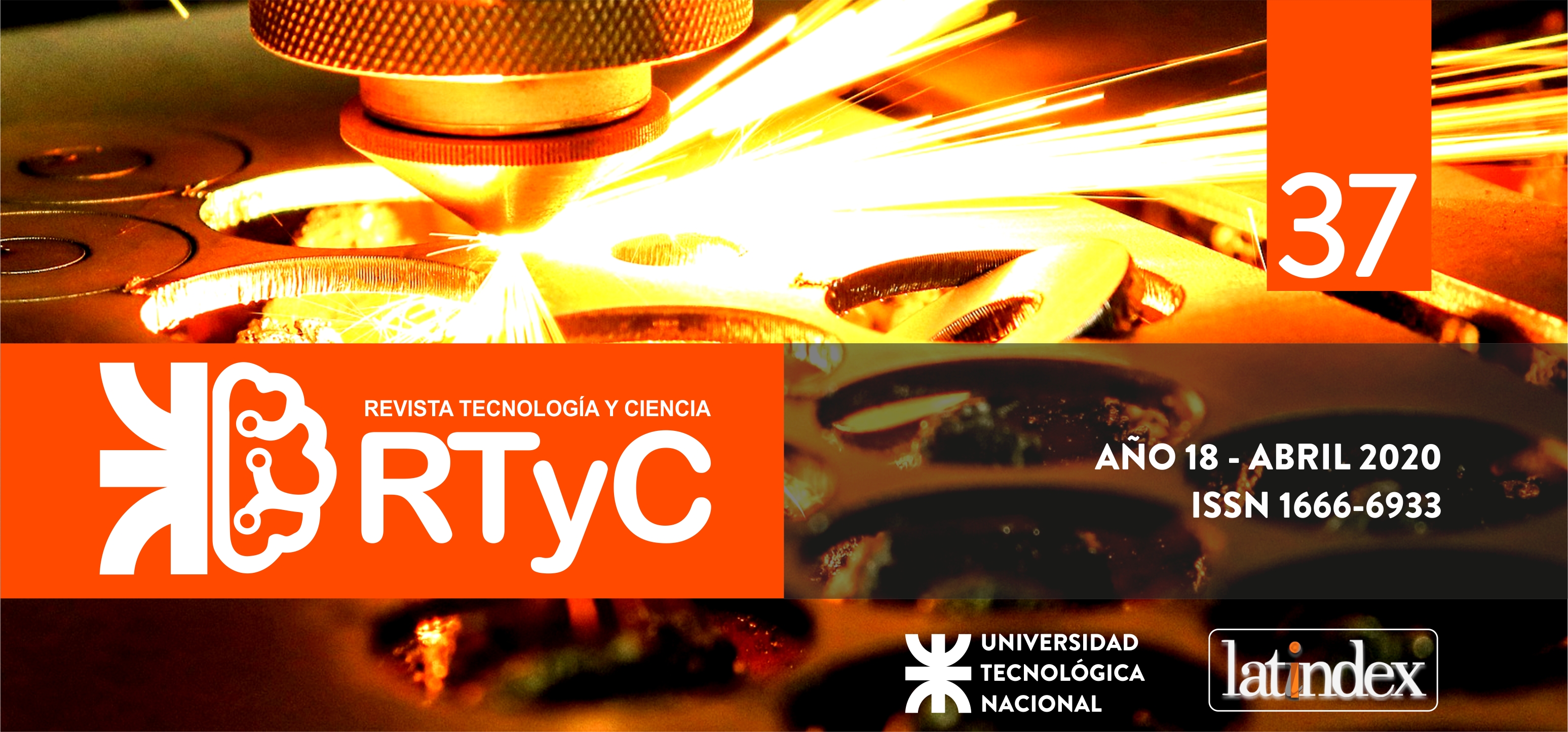Use of pickering emulsions in the reaction of obtaining terpineol from grapefruit essential oilthe title must be in upper case
DOI:
https://doi.org/10.33414/rtyc.37.24-39.2020Keywords:
pickering, emulsion, α-terpineol, limoneneAbstract
The aim of this work was to increase the yield and selectivity in the reaction of obtaining α-terpineol from limonene, a major component of the grapefruit essential oil, with the use of water:oil pickering emulsions. The stabilizing solids of the emulsion were activated carbon, bentonite, silica and alumina. The emulsions were characterized by measuring their conductivity in different water:oil ratios to determine the point where the phase inversion of the emulsion occurs. The oil/water (o/w) type pickering emulsions were prepared, establishing the optimum mass concentrations of each solid. The maximum yield obtained in α-terpineol was 43% using silica, 36% more than in reaction medium without solids. It was also possible to reuse the solids twice without differences in the yield of the reaction.

















